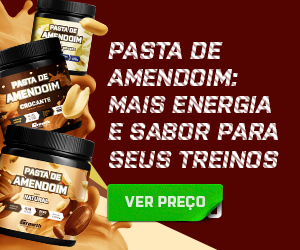Esteroides X Drogas
-
Quem Está Navegando 0 membros estão online
- Nenhum usuário registrado visualizando esta página.
-
Conteúdo Similar
-
- 2 respostas
- 148 visualizações
-
- 2 respostas
- 199 visualizações
-
- 17 respostas
- 2933 visualizações
-
- 17 respostas
- 700 visualizações
-
- 35 respostas
- 30297 visualizações
-








Posts Recomendados
Crie uma conta ou entre para comentar
Você precisar ser um membro para fazer um comentário
Criar uma conta
Crie uma nova conta em nossa comunidade. É fácil!
Crie uma nova contaEntrar
Já tem uma conta? Faça o login.
Entrar Agora